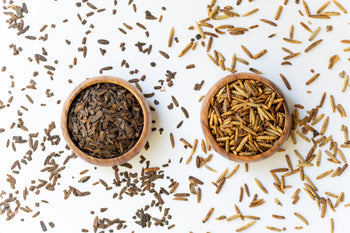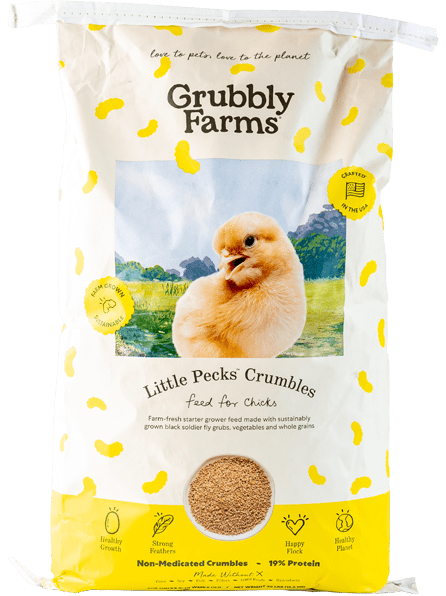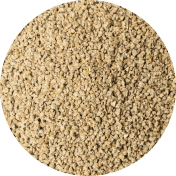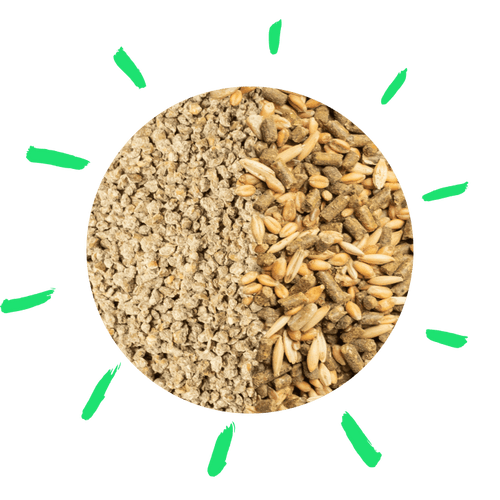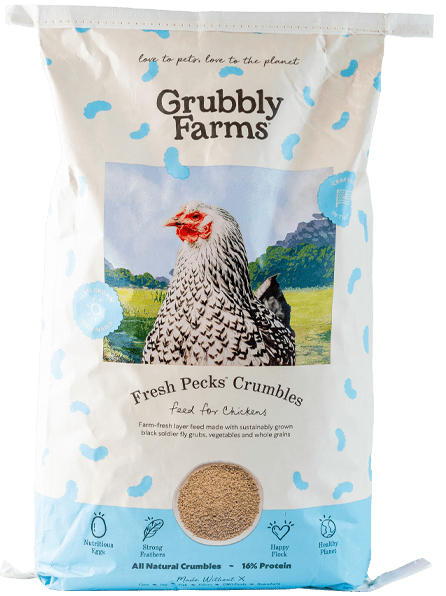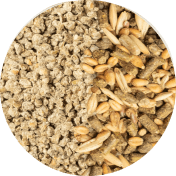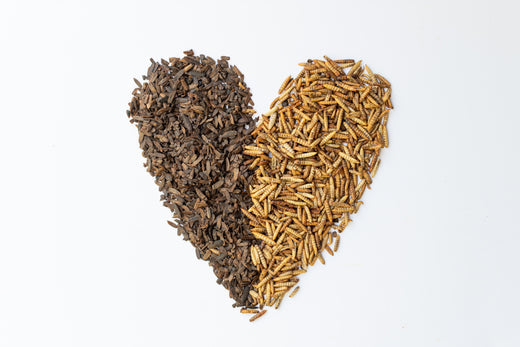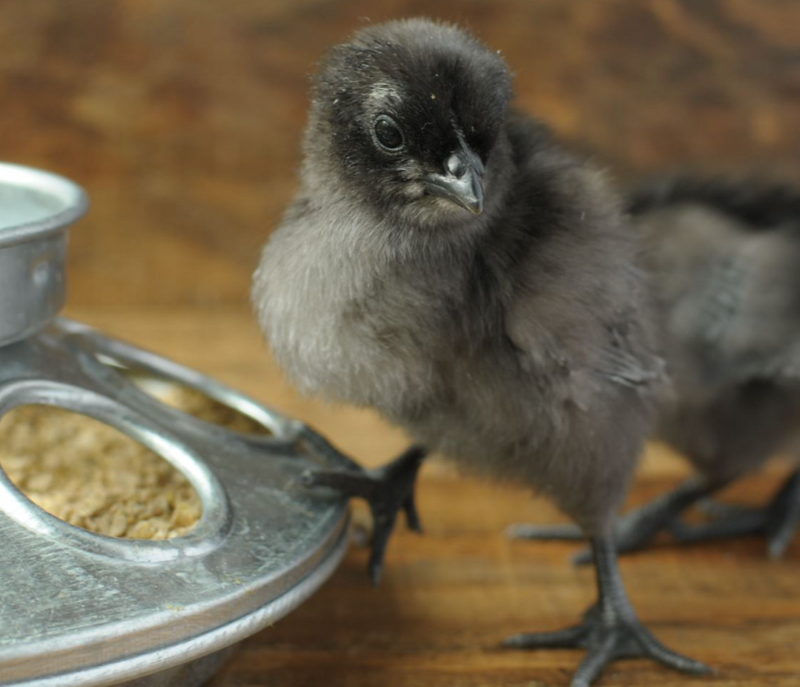Grubs Naturally Range in Color
If you were to grow your own black soldier fly grubs, you may be surprised to see tiny yellow worms emerging. What are those yellow things? Aren’t black soldier fly grubs supposed to be black?
As the grubs grow, they begin to change colors from yellow to brown to black. After a couple of weeks, the grubs pupate and emerge as black soldier flies.
Harvesting Grubs
Nutrient-rich grubs are sustainably harvested on farms all around the world. Once the grubs are ready, they can be cooked just like fish, beef, or any other protein.
Like any food, the color of grubs will naturally change depending on how it’s prepared.
Whether you bake, grill, dry, or even fry the grubs, they will vary in size and color—from large and yellow to small and black.
So if the grubs are black, does that mean they are burnt?
This is a common misconception. Next time you see grubs that are darkly colored, closely examine them. -Go ahead, take a whiff! You’ll discover that the grubs actually aren’t burnt, but instead, they are naturally black—almost like dark roasted coffee beans.
Oven-Dried Grubs · Yellow, Brown, and Black
One of the best ways to prepare grubs is by oven-drying them.
Depending on the type of oven-dryer, the grubs will naturally range in color and size.
If you harvested your own grubs and used two different types of oven-driers, one batch of all-natural grubs may be light and the other may be dark.
With some oven-dryers, the grubs may dry completely still. With others, the grubs may tumble as they dry, causing them to look completely different.
So which batch of grubs is better?
Appearance is Not Indicative of Nutritional Value
Sometimes you’ll see grubs that are plump and yellow, other times you’ll see grubs that are small and black.
Which grubs do you choose? The light grubs or the dark grubs?
While it's tempting to "judge a grub by its cover," the color and shape of the grubs are actually not indicative of the levels of nutrients or even where they are grown.
In fact, a pound of light grubs will have the same amount of protein and calcium as a pound of dark grubs.
Both light and dark grubs can be grown and oven-dried in the USA or anywhere in the world.
In other words, the color of the grubs is not necessarily an indicator of where they are grown. It’s only an indicator of how they are grown and dried.
If you can’t judge a grub by it’s cover, how do you know what’s the best choice for your pets? This all comes down to checking the label.





